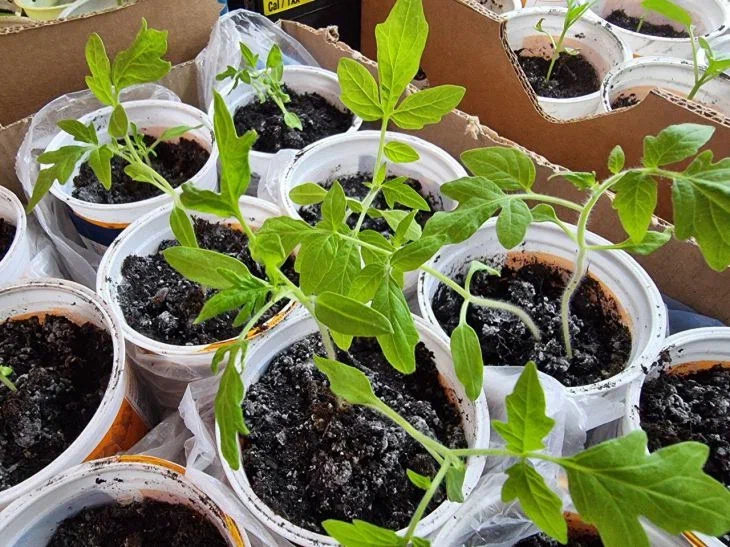Are the barely hatched shoots suddenly covered with a fluffy coating?
This is not just an aesthetic problem - mold can destroy young plants in a matter of days. But it is too early to give up: knowing the enemy by sight, you can stop him.
Fungus appears where there is excess moisture, heat and lack of air.

Gardeners often overwater seedlings, especially if the containers do not have drainage holes. Closed spaces without ventilation turn into an incubator for spores.
The soil also poses a danger: untreated soil from the garden or reused pots can be contaminated.
Dense plantings make the problem worse - the plants are cramped, moisture stagnates, and air does not circulate.
At the first signs of mold, remove the top layer of soil and replace it with calcined sand or fresh substrate.
Watering is reduced to a minimum, moistening the soil only after it dries out.
A low-power fan is installed near the seedlings—the air flow will slow down the growth of the fungus.
Among folk remedies, an infusion of garlic (1 head per liter of water) or a pale pink solution of potassium permanganate is effective.
In advanced cases, plants are transplanted into disinfected soil, after treating the roots with Fitosporin.
To prevent mold from returning, the seeds are planted in disinfected containers with drainage holes. The soil is heated in the oven or poured with boiling water before use. Watering is carried out through the tray, avoiding over-wetting. A distance is left between the plants for air circulation, and the room is ventilated daily.
Wood ash, spread in a thin layer over the soil surface, will act as a barrier to new spores.
Fighting mold is a marathon, not a sprint. Timely actions and prevention will keep seedlings healthy and the harvest abundant.
